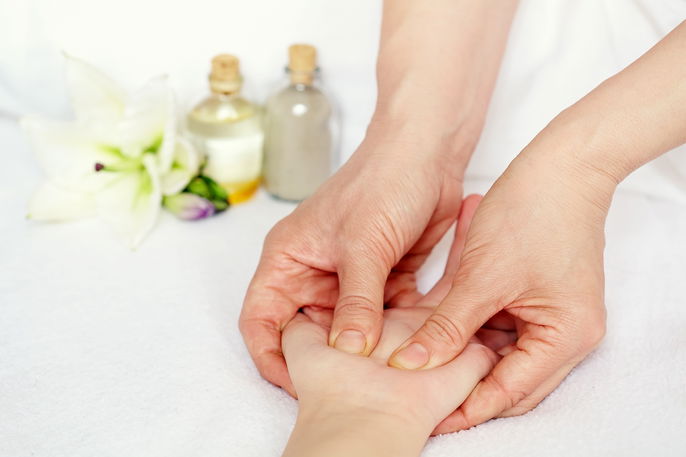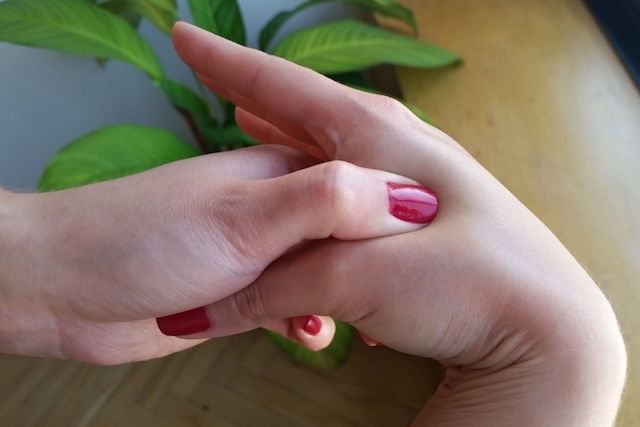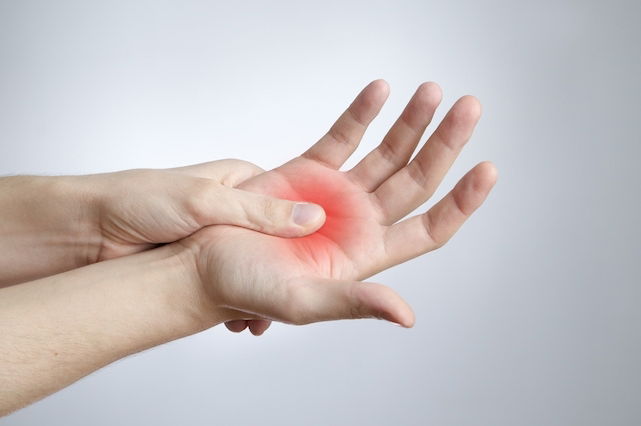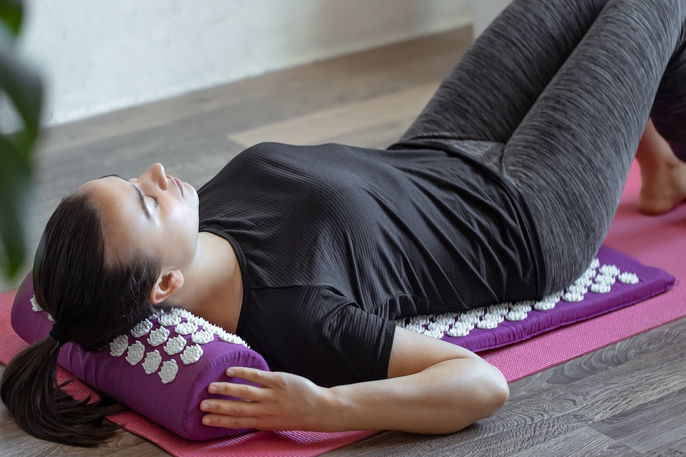Acupressure is a complementary therapeutic technique that consists of applying pressure to specific points on the body, called meridians. THESE are the same points where acupuncture is performed. Acupressure is indicated to assist in the treatment of various health conditions such as headaches, period cramps, nausea or even labor pain.
This technique, like acupuncture, has its origins in traditional Chinese medicine. It helps to reestablish the body's energy balance and organ functioning through the application of pressure at specific points on the body. These points represent the meeting point of nerves, veins, arteries and of vital channels, which means that they are energetically connected with the entire organism.
Acupressure is considered a form of alternative or complementary treatment, as more scientific studies are still needed on its effectiveness. It is important to highlight that acupressure does not replace conventional medical treatment and should be done as advised by your doctor.

Health benefits
Acupressure can offer many health benefits and can be used to help treat:
- Anxiety or stress
- Insomnia or fatigue
- Headache
- PMS, menstrual cramps or primary dysmenorrhea
- Muscle pain or back pain
- Nausea and vomiting after chemotherapy or surgery
- Morning sickness during pregnancy or motion sickness
- Indigestion
- Coughing, sneezing or allergies
Additionally, acupressure can help reduce the intensity of labor pain as well as the duration of labor. However, it does not trigger dilation or labor.
Although it has several benefits, acupressure should not replace medical treatment, and can be used to complement conventional treatment prescribed by the doctor.
How to perform
Acupressure is done by applying pressure with your fingers to specific points on the body, such as the hands, wrists, arms, feet or legs in order to reestablish the flow of energy.
These points, called meridians, must be pressed in specific regions that depend to the condition you wish to improve. This pressure can be applied by a doctor or professional specializing in acupressure, or even by the person themselves, as long as they have guidance on how to do it correctly.
Check-out some ways you can use acupressure to help treat specific health conditions:
1. Relieving stress and headaches

This acupressure point is located between the thumb and index finger. Start by applying pressure in your right hand. Relax your right hand with your fingers slightly curved and using your left thumb and left index finger, pinch the skin between your index finger and thumb. The remaining fingers of the left hand should rest, just below the right hand.
To press the acupressure point, applying firm pressure for 1 minute, until you feel a slight pain or burning sensation in the area being pressed, which means you are pressing in the right place. After that, you must release your fingers for 10 seconds, then repeat the pressure. This process should be repeated 2 to 3 times on both hands.
2. Treating period cramps

This acupressure point is located in the center of the palm. To press this point, use the thumb and index finger of the opposite hand, forming a pincer so that the point can be pressed simultaneously on the back and palm of the hand.
To press the acupressure point, start by applying firm pressure for 1 minute, until you feel a slight pain or burning sensation in the area being pressed, which means you are pressing in the right place. After that, release your fingers for 10 seconds, then repeat the pressure. This process should be repeated 2 to 3 times on both hands.
3. Improving digestion and combat nausea

This acupressure point is located on the sole of the foot, just below the space between the big toe and the second toe, where the bones of these two toes cross. To press this point, use the hand on the opposite side, pressing the sole of the foot with the thumb and the opposite side with the index finger, so that the fingers of the hand form a pincer that presses each side of the foot.
Press hard for approximately 1 minute, releasing your foot at the end for a few seconds to rest. Repeat this process 2 to 3 times, on both feet.
4. Relieving coughing, sneezing or allergies

This acupressure point is located on the inside of the arm, in the crook of the arm. To press it, use the thumb and index finger of the opposite hand, so that the fingers are arranged in a pincer that press the forearm and elbow.
To press this acupressure point, press hard until you feel a slight pain or sting, maintaining the pressure for approximately 1 minute. Then release for a few seconds to rest. You must repeat this process 2 to 3 times, on both arms.
5. Reducing stress

To reduce stress and anxiety, relieve muscle pain or relieve insomnia, acupressure can also be done using an acupressure mat. These can promote relaxation, improve local blood circulation and reduce muscle tension.
This mat applies small pressure to specific points on the back, which helps to stimulate the flow of energy. This can be done by lying on the mat for around 20 minutes.
Contraindications for acupressure
Acupressure should not be used in people with a history of:
- The use of a pacemaker
- Heart diseases
- Uncontrolled high blood pressure
- Diabetes
- Coagulation problems
- Hemophilia
- Use of anticoagulants
- Convulsive disorders
- Drug or alcohol intoxication
- Skin infections
Acupressure should also not be performed on areas of the skin that have open wounds, warts, varicose veins, burns, cuts, bone fractures, osteoporosis or cancer.
Furthermore, acupressure should also not be done by pregnant women without medical supervision or a trained professional, as it can induce uterine contractions.






























